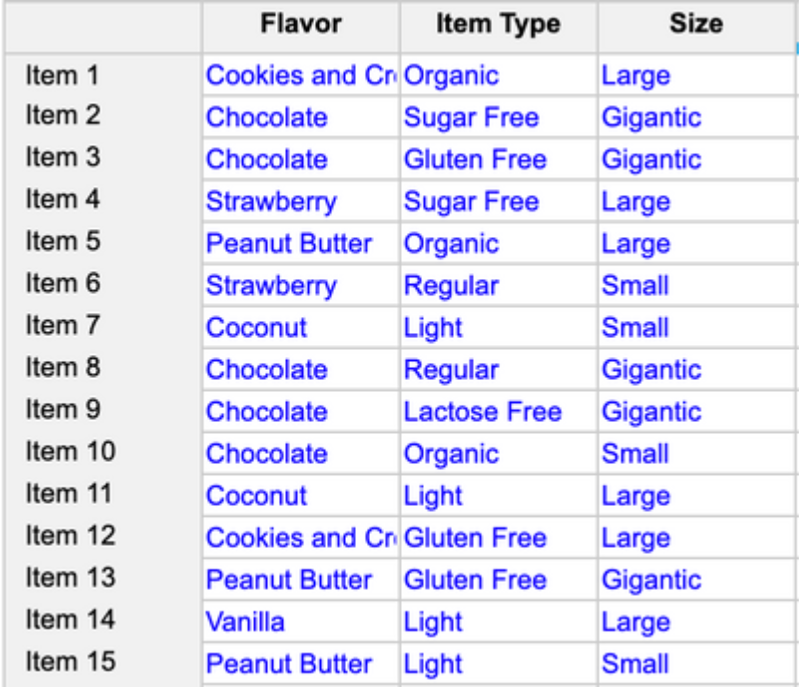Attributes are static, non-time-dependent categorical text features that describe the items in the historical time series data. Examples for attributes could be style, category, geographic location, size, item hierarchy level etc. The DeepAR algorithm can leverage the information captured in these attributes to produce more accurate forecasts. It does so by discovering patterns across the available time series data based on similar items.
In instances where those items share attributes (characteristics) with pre-existing items, the DeepAR algorithm can use the attributes to utilize similar items’ historical data to produce forecasts for the new items. Attributes add the most value when the categories are varied, so that there are neither too many unique values nor a single category that is the same for every item.
To use attributes, users must select DeepAR as the forecast model algorithm, and train the model based on a data collection that contains an attributes module. Please note the following:
- Every item in the historical data module should be present in the attributes module.
- The attributes module can contain up to 10 attribute fields. Forecaster assumes those fields to be text (string).
- There is no naming convention for these fields.
For more information about the attributes module, please refer to Anapedia.

Example of an Attribute Module